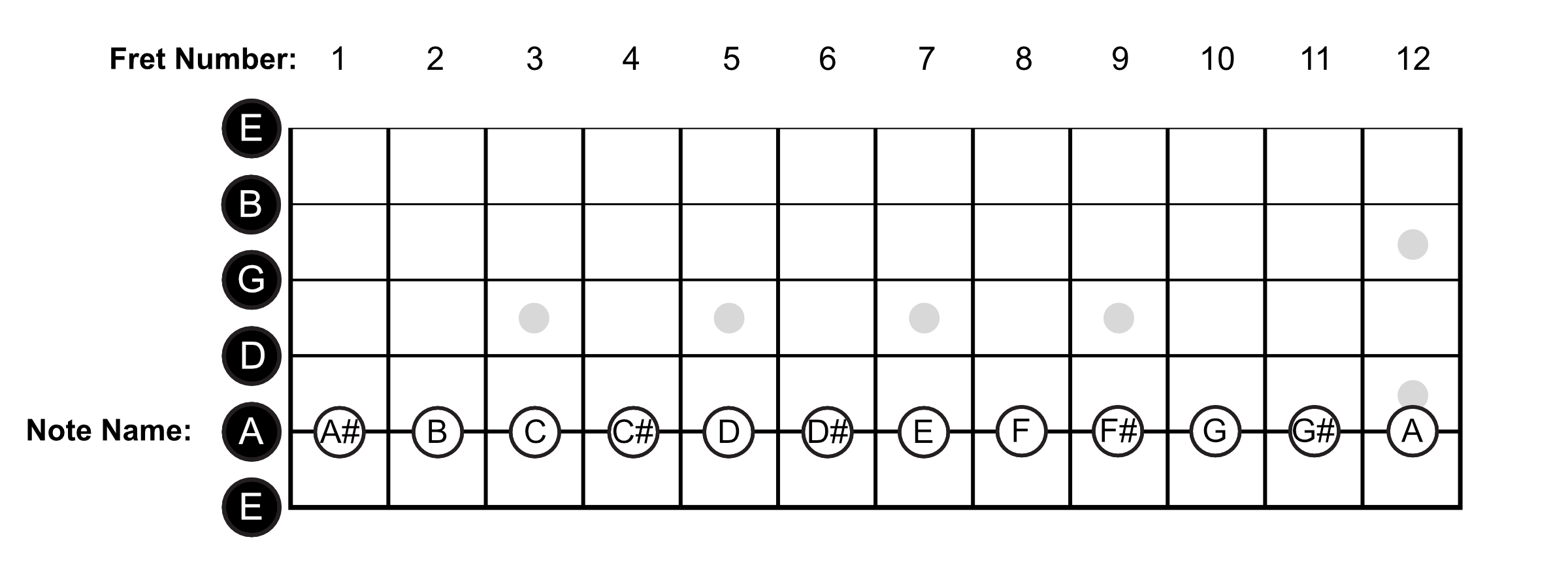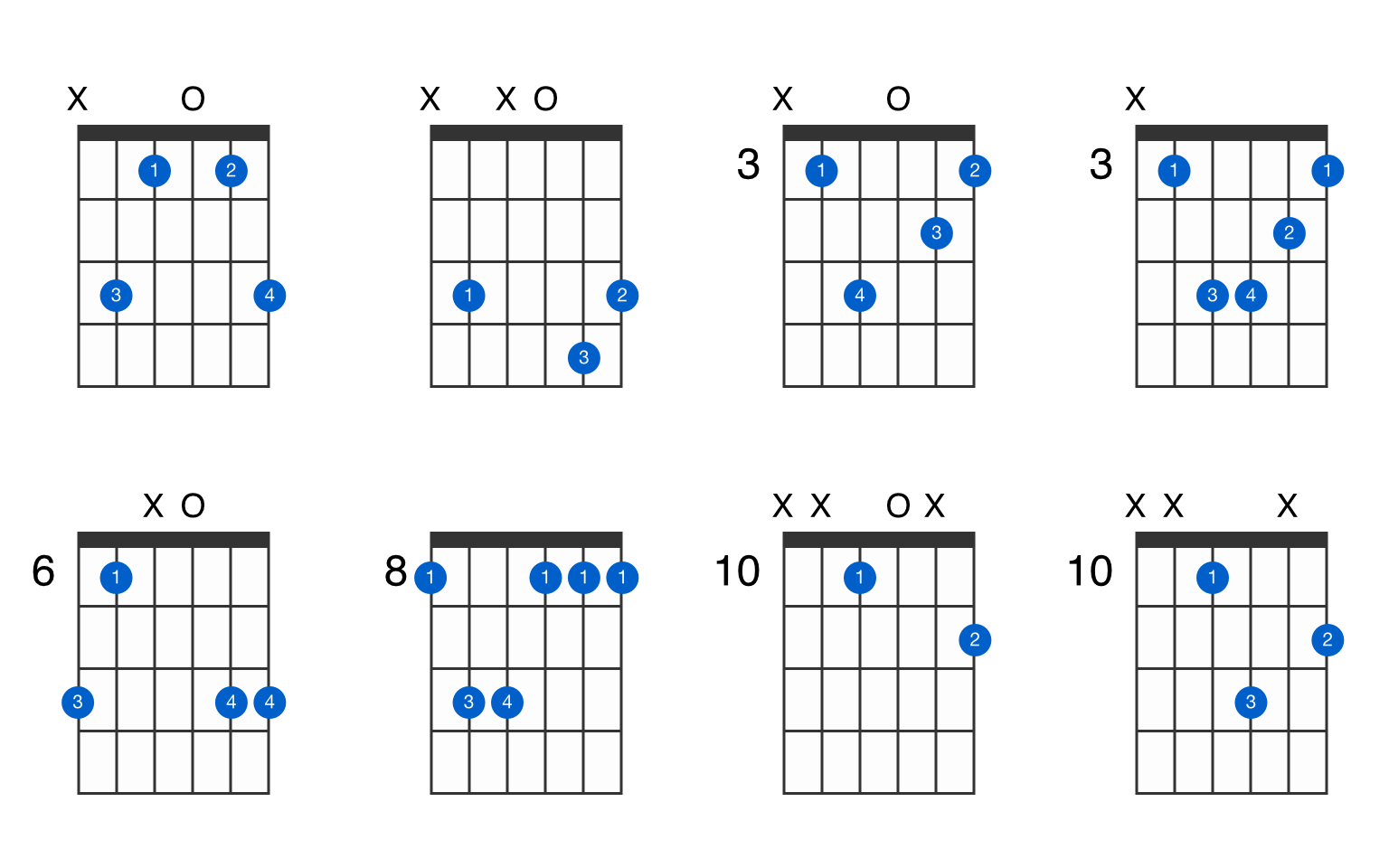

#Note c on guitar download
Download your beginner’s guide to get the score to follow along below. We hope you’ve enjoyed this article on how to play a C Major Scale. The more you can control the fingers that are not in use, the easier and more efficient your playing will be. As you cross strings, keep your fingers lined up in a row over that string. However, if you can, place down the note you’re going to play and then bring the other strings that aren’t yet playing and let them hover over the same string. In the beginner stages it can be difficult to control extra movement in the fingers. It’s important to keep your fingers hovering over the strings as you play and not let them flail about at will. Again, not only is this more efficient but it also stabilizes the left hand. Now when you lift the 3 the 2 is already prepared and ready to play. For instance, on those same notes descending (F, E), instead of placing the 3 on the F, then lifting the 3, and then placing the 2 on the E, we create more efficient movements if we place both the 3 and 2 down together on the string. You can do the opposite when descending: prepare fingers early when descending on the same string.

Prepare Fingers Early When Descending on the Same String This creates a more efficient movement (removing that extra step of lifting) and stabilizes the hand. Try this instead: leave the 2 down when you place the 3 on the F. For instance, when we play the notes E and F on the 4th string, if we place the 2 on the E and then lift it when we place the 3 on the F, we create an unnecessary extra movement in the hand. When you have more than one note on one string as you ascend the scale, you can leave fingers on the strings for more efficient movement. (Be careful to lift off the fifth string without allowing the open string to sound.) Leave Fingers Down When Ascending on the Same String Hear how those notes blend together to create a confusing wash of sound? To get rid of this dissonance, all you have to do is lift the 3rd finger off the C as soon as we play the D on the open 4th string. Try this: place your third finger on the C on the 3rd fret of the 5th string and play that note leave the finger down and let the note ring and play the open 4th string D. If we leave fingers down when we cross to open strings we will get a dissonance that muddies the sound. When we go up a scale this is called “ascending” the scale, and when we go down “descending.” It is important when ascending the scale that we lift fingers when we cross strings (especially when crossing to an open string). Left-Hand Technique When Playing Scales Lift Fingers When Crossing Strings If we take the same notes we just played (C, D, E, F, G, A, B, C) and cross strings, we can play the same C Major scale all in one position without shifting. However, it isn’t always practical to be moving up one string all the time, so to make playing this scale easier, we cross from one string to another. Now, using the above formula, begin moving up in whole and half steps. Whole step –> Whole step –> Half Step –> Whole Step –> Whole Step –> Whole Step –> Half Step How to Play a C Major Scale on Classical Guitarįirst, place a left-hand finger on the C on the 3rd fret of the 5th string. The Major Scale organizes these whole and half steps in the following way: But a half step goes up from one fret to the next. It’s easy to find a whole step on the guitar if you begin on one fret, skip a fret, and connect to the next fret on the same string. A “step” in music moves from one note to another.
#Note c on guitar series
What Is a Major Scale?Ī Major Scale is simply a series of whole and half steps, organized in a particular way. Simon looks at the theory behind what makes up a major scale along with left-hand technique needed to play the scale. This is a great scale for beginners on classical guitar.

In this video Simon walks you through how to play a one-octave C Major scale on classical guitar.


 0 kommentar(er)
0 kommentar(er)
